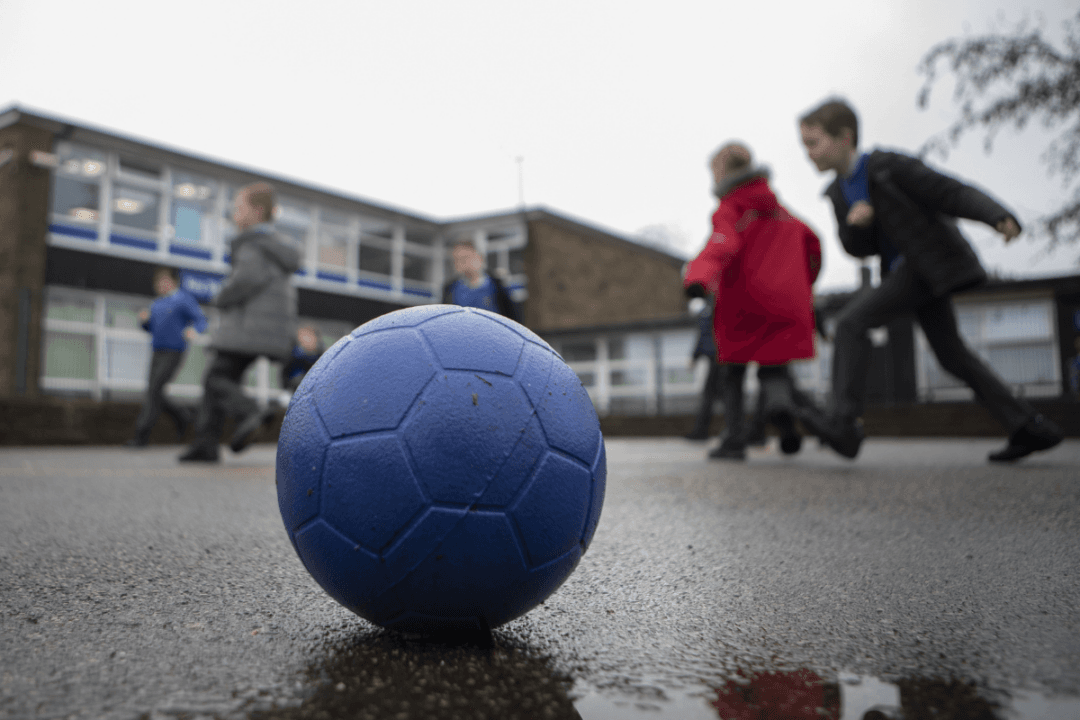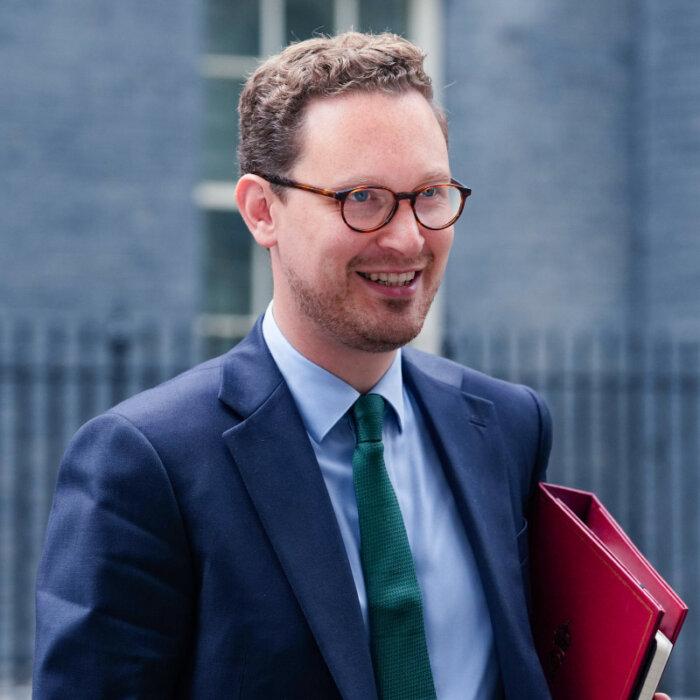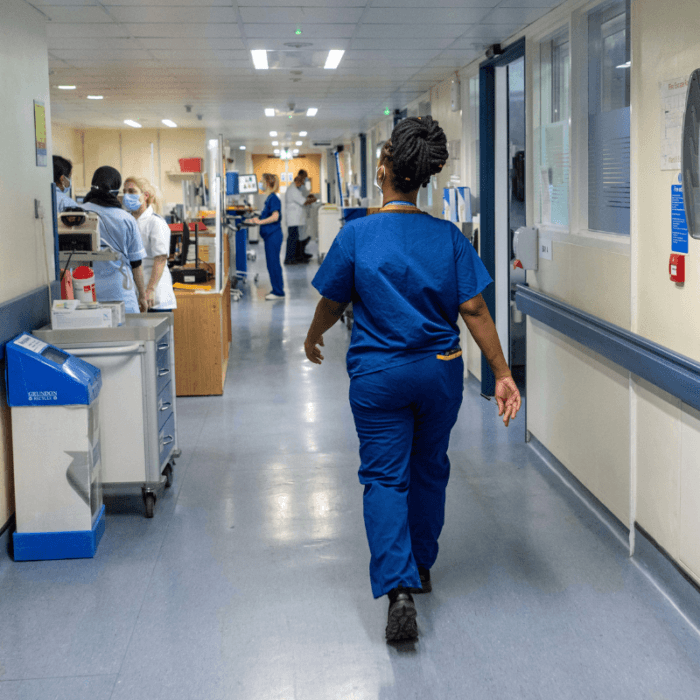Rising prices are children’s top concern, with 41 percent saying they are very or quite worried, surpassing concerns about crime (35 percent) or the environment (33 percent), a study of young people’s wellbeing has found.
This proportion grew to 41 percent of children in households considered to be under financial strain.
Researchers also included data on parents’ and carers’ financial situation, with 23 percent responding to the survey said they had found it “quite” or “very” difficult to manage financially between January and March 2024.
The Children’s Society cited its own previous research which identified financial strain in households as being associated with lower wellbeing, both for parents and children, so family finances featured heavily as a factor in the findings.
Of the children whose families were experiencing financial strain, 17 percent had low-life satisfaction—one in six—compared to 9 percent of their peers who were not under financial pressure, according to the study of 2,056 children aged 10 to 17 published on Thursday.
Nearly one in four (23 percent) of children who were “often” or “always” worried about how much money their family had had low life satisfaction, compared with 8 percent of their peers who were not worried to that extent.
‘Happiness Recession’
The annual household survey formed part of the society’s Good Childhood Report 2024, which also collated data from the most recent Understanding Society Report and the Pisa (Programme for International Student Assessment) survey.Findings cited by The Children’s Society from the 2021/2022 Understanding Society Report found that the mean scores for happiness in children aged 10 to 15 was lower than when the survey began in 2009/2010.
Five of the six measures had seen a decline, with the mean happiness score for how youngsters saw their life as a whole dropping from 8.17 in 2009/2010 to 7.56 in 2021/2022. Friends (9.00 to 8.64), appearance (7.21 to 6.82), school (7.71 to 7.36), and schoolwork (7.21 to 6.87) also saw declines.
Only how they saw their family life stayed relatively stable, falling less than the other measures from 8.98 to 8.85.
Also referenced was the 2022 Pisa survey, published in December 2023, which found that one-quarter (25.2 percent) of 15-year-olds reported low life satisfaction, ranking bottom out of 27 European countries and higher than the average of 16.6 percent.
The findings prompting warnings from Mark Russell, the chief executive of The Children’s Society, who said that “UK teenagers are facing a happiness recession, with 15-year-olds recording the lowest life satisfaction on average across 27 European nations.”
Food Poverty
The Children’s Society chief executive also remarked that what was “equally alarming” was “the high level of food poverty found among these young people. The UK ranks fourth highest for food poverty among 15-year-olds across 21 European countries, underscoring the severe impacts of societal inequalities on their wellbeing.”Russell’s remarks come after a survey found that nearly three in 10 teachers (28 percent) in England have personally provided food to pupils in the summer term out of concern for their welfare—an increase on last year (26 percent).
The poll, conducted by charity FareShare, said that this figure rose to 36 percent for teachers working in the most deprived areas of the country.
Another 35 percent across England said they did not need to because their school already provides food for children in hardship.
A Government spokesperson responded to The Good Childhood Report, saying: “We understand the pressures teenagers are facing, and that is why we are taking action to deliver our mission to break down barriers to opportunity and improve the life chances of every child.
“We will develop an ambitious strategy to reduce child poverty, led by a taskforce co-chaired by the Education Secretary and Work and Pensions Secretary, looking at how to increase household income, bring down essential costs, and tackle the negative experience of living in poverty.
“This comes alongside plans to provide access to specialist mental health professionals in every school.”
“We’re having to make really difficult decisions, but the public rightly expects us to make those decisions in order to get public spending back under control. That means that we have to make very difficult decisions that in our hearts we wouldn’t want to have to make, and that includes the two-child cap, as well,” Chief Secretary to the Treasury Darren Jones said.







